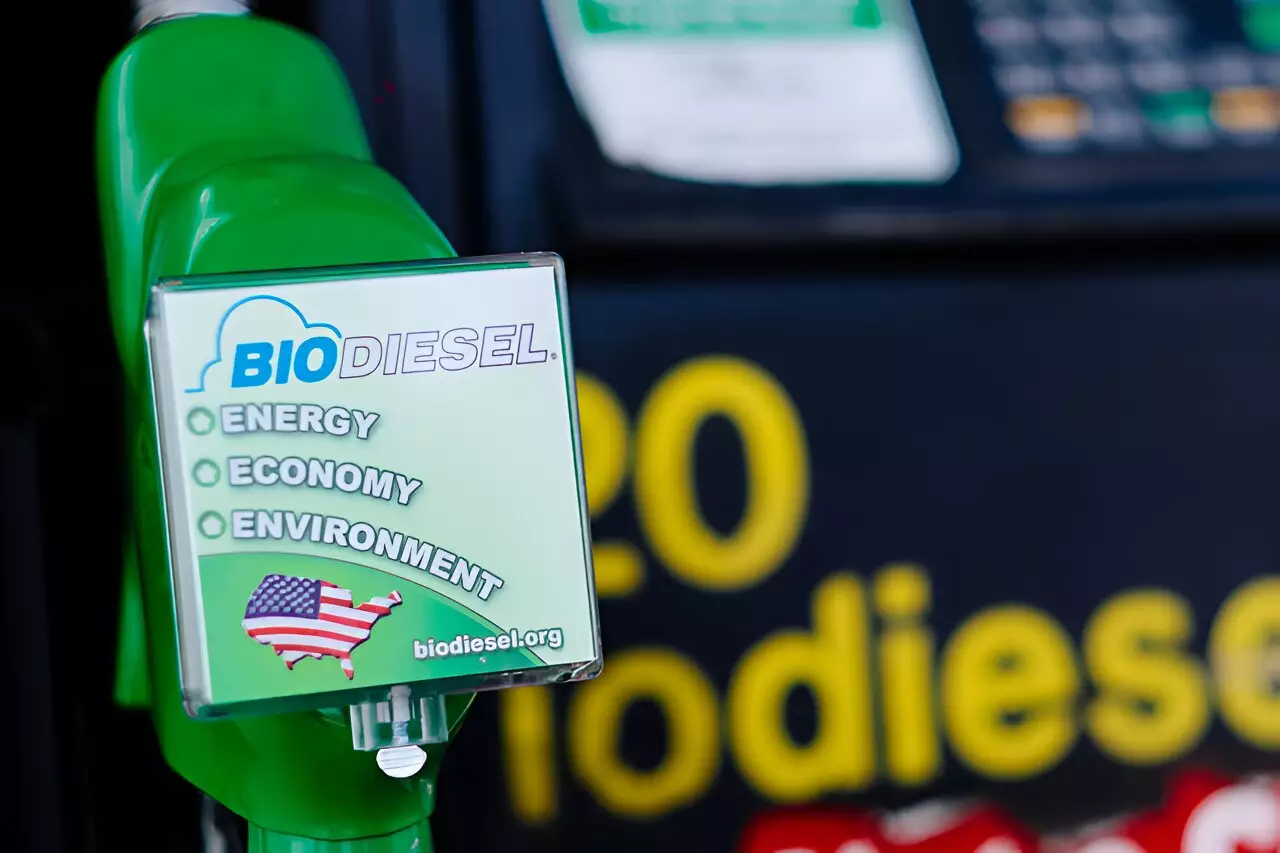As the shift towards sustainable energy intensifies, biomass-based diesel presents a significant opportunity for reducing greenhouse gas emissions in the transportation sector. Research from the National Renewable Energy Laboratory (NREL) has highlighted the potential for higher blends of biodiesel in petroleum diesel, illuminating the challenges and strategies necessary to unlock this promise. While current biodiesel usage is often capped at 5% to 20% blends, advancements in research are urging a reconsideration of higher percentages that could change the dynamics of diesel fuel consumption.
Currently, biodiesel—a renewable, oxygen-rich fuel derived from fats, oils, and greases—is commonly blended in modest amounts with petroleum diesel. This blending restricts the overall benefits that could be realized from biodiesel due to the limitations imposed by both fuel performance and regulatory standards. As identified by NREL researchers, data examining biodiesel blends beyond the 20% mark is severely lacking, with a notable gap in understanding how these blends interact with traditional petroleum fuels and newer renewable variants.
The exploration conducted by NREL took the bold step of experimenting with higher biodiesel blends—namely 20%, 40%, 60%, and 80%. This research shines a light on the untapped potential of biomass-based diesel fuels, which could dramatically decrease greenhouse gas emissions from transportation, potentially achieving reductions of up to 86% compared to conventional petroleum diesel.
The biodiesel in focus, primarily derived from soybean oil in the United States, is structurally different from renewable diesel, which, although made from similar feedstocks, is chemically akin to traditional petroleum diesel. This differentiation in composition is crucial: as the blend percentage increases, various properties of the fuel also shift, creating new challenges. For instance, high biodiesel concentrations exhibit altered cloud points, which is the temperature at which fuel begins to gel, potentially leading to operational issues in cold weather. Such variations are especially pertinent for heavy-duty vehicles and aviation, which remain heavily reliant on liquid fuel.
Under lower blend scenarios, biodiesel generally performs competitively with petroleum diesel. However, as blends exceed 50%, property differences become increasingly pronounced, leading to potential compatibility issues with existing engines and fuel systems.
Despite the challenges associated with higher blends of biodiesel, the NREL team has proposed several strategies to mitigate these issues. For instance, modifications to the fuel formulation during colder months can help address problematic cloud points by blending biodiesel with hydrocarbon blendstocks that have lower cloud points, such as kerosene. This technique is already used in current biodiesel practices, particularly for the widely adopted B20 blend (20% biodiesel, 80% petroleum diesel).
Moreover, adjusting for biodiesel’s high boiling point is critical—especially for blends over the 50% threshold. By incorporating lower boiling point hydrocarbons into fuel formulations, it is possible to sidestep the challenges that high biodiesel content presents, such as cold starting difficulties and potential engine lubricant buildup.
The NREL research not only identifies barriers but also emphasizes the need for further examination of high-level biodiesel blends, especially regarding their implications for diesel engine emissions control systems. While the adoption of biodiesel could play a key role in reducing transportation-related emissions, the journey to widespread implementation remains complex and multifaceted.
Future studies could explore a broader range of feedstocks and innovative blending techniques that may enhance biodiesel compatibility with modern combustion technologies. The urgency of transitioning away from fossil fuels calls for robust research efforts to ensure fuels derived from renewable sources can meet stringent environmental targets while remaining functional and effective.
As global attention turns towards sustainable energy solutions, biomass-based diesel fuels offer a promising pathway forward. The findings from NREL’s investigations serve as a valuable roadmap, directing research priorities and providing insights critical for the future of eco-friendly transportation fuels. By navigating these challenges with creativity and determination, the industry could leverage biodiesel’s full potential, ultimately reshaping the landscape of diesel fuel consumption.

